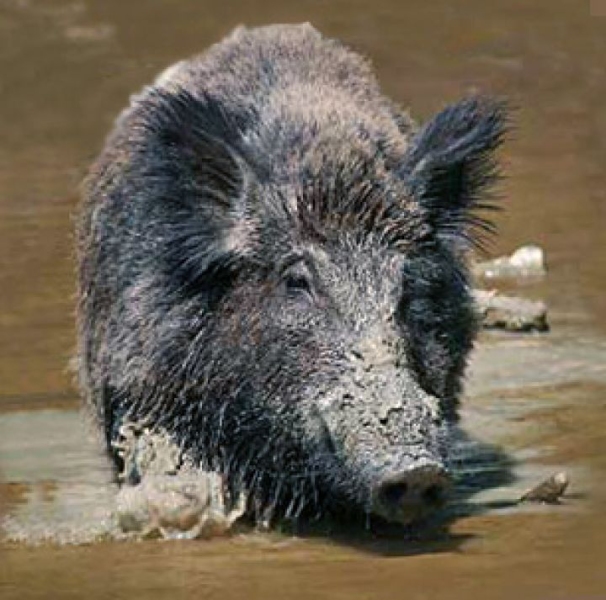Scientists have recently summarised water quality data from streams in two similar Waikato catchments where, since 2001, the land has been managed quite differently. The results have produced some surprises.
The research is part of the long-running Integrated Catchment Management (ICM) project, Whatawhata Research Station. From 1995–2000, water quality was measuerd on a monthly basis, while farming carried on ‘as normal’. In 2001, a number of land-use changes were introduced, and now the results of those changes are starting to yield valuable information.
| Catchment 1 | Catchment 2 | |
|---|---|---|
| Land-use change from hill beef and sheep production in 2001 | 100% planted with radiata pine except for a 10-metre riparian margin, left to regenerate naturally. Livestock excluded (but feral pigs resident). | Steepest 30% planted with pine. Cattle excluded, but sheep grazing continued. Poplar trees planted every 10 metres along stream banks. |
| Effect of change on sediment | No reduction in sediment concentration/water turbidity. | Reduction in sediment concentration/water turbidity. |
| Effect of change on water nutrient concentrations | No change in organic nitrogen; concentration of other nutrients increased. | Reduction in organic nitrogen. |
| Other significant effects | Water yield reduced significantly. |
NIWA scientist Dr Andrew Hughes comments: “The results in Catchment 1 are contrary to our expectations. We thought that getting rid of the livestock and planting trees would improve water quality, but the reverse appears to have happened.
“We do have a few tentative explanations: for example, in Catchment 1, nutrient concentrations have either stayed the same or increased, but because the pine trees have reduced the total amount of water coming off the land, this may actually mean that there has been a net reduction in nutrients leaving the catchment. The pine trees have also shaded out the groundcover vegetation, which holds the stream banks together. So the stream banks may be more prone to erosion, especially during heavy rain. Also, feral pigs have moved into the forest. They wallow in riparian areas, loosening sediment and allowing it to be readily washed into the stream.
“On the other hand, the improved water quality in Catchment 2 may well confirm the benefit of getting cattle off the steepest and most erodible hill country. The streamside poplars are also holding the banks together and reducing erosion."
The monitoring and analysis at Whatawhata continues, and ultimately will provide useful practical advice to farmers keen to improve water quality in streams running through their properties.
Contact: Dr Andrew Hughes

